If you're planning a trip to any city or region of Italy, you simply must be sure to visit some of the country's incredible churches. Whether you are a fan of classical art, Renaissance architecture, or simply a student of history, Italy's churches are some of the best places to experience the country's amazing culture and heritage, and to see religious art in the environment in which it was originally intended to be displayed.
However, visiting a house of worship is not the same as visiting a museum, gallery, or other kind of tourist attraction. There are certain rules of etiquette tourists should observe when visiting Italy's magnificent churches and basilicas, whether or not you are a practitioner of the Christian faith. These rules of etiquette are simple to follow, and will ensure that you can enjoy and admire some of Italy's finest treasures without aggravation, stress or disappointment.


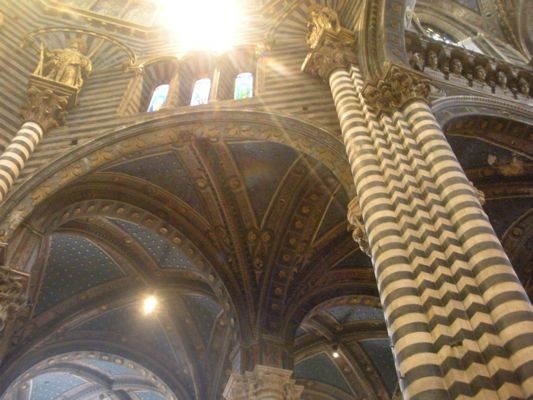
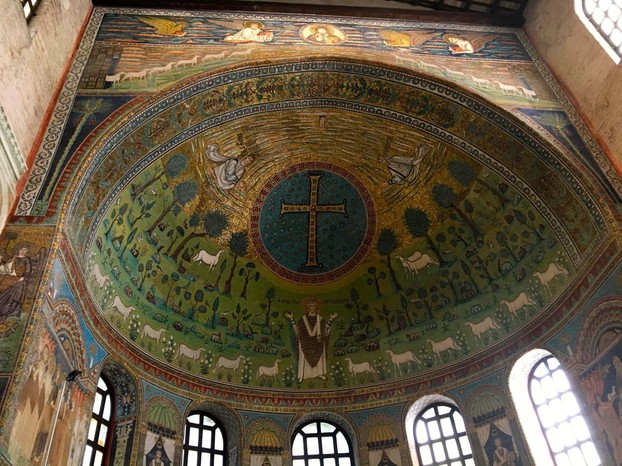
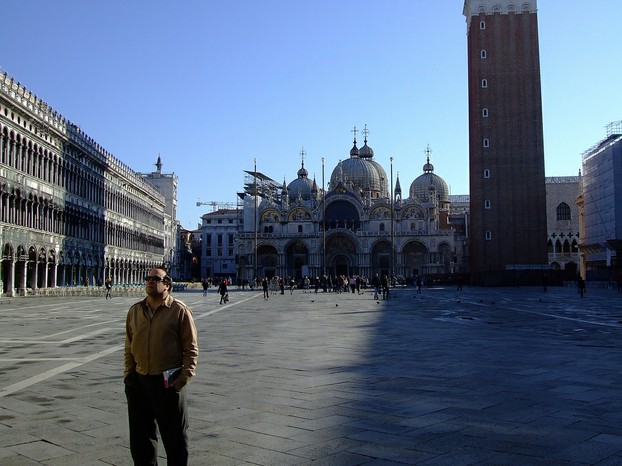
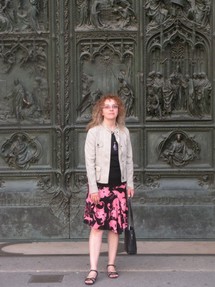 Rules of attire in Italy's churches are somewhat relaxed today as compared to the past (women no longer must wear a veil or hat to cover their heads in respect.) Still, a certain degree of modesty is expected and required - particularly if you are visiting an especially holy place such as
Rules of attire in Italy's churches are somewhat relaxed today as compared to the past (women no longer must wear a veil or hat to cover their heads in respect.) Still, a certain degree of modesty is expected and required - particularly if you are visiting an especially holy place such as 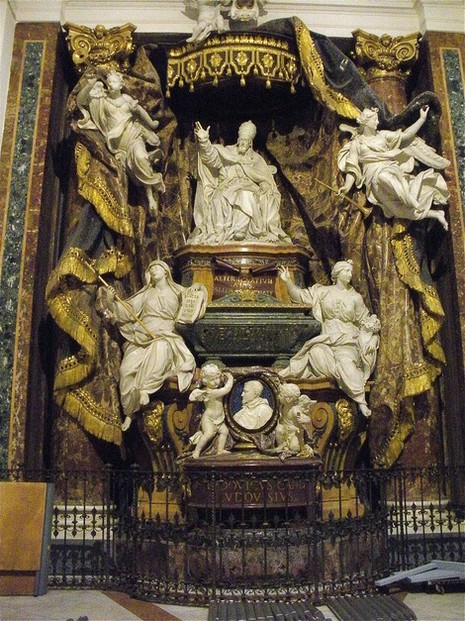
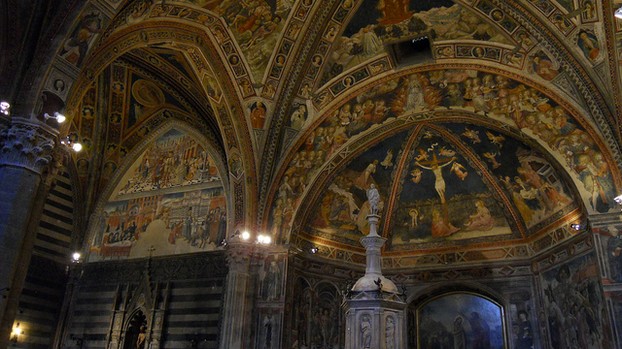
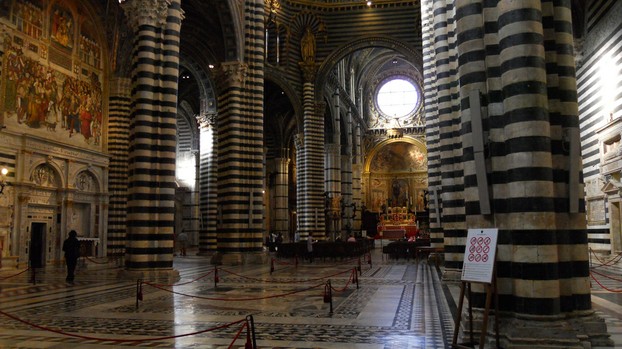
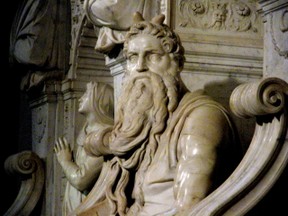 When you are out and about visiting churches, be sure to have plenty of 0.5 and 1 Euro coins on you. Spotlights on many notable paintings, sculptures and tombs may be coin-operated to raise money for the churches, especially those which do not charge an admission fee. It also helps preserve artwork that could otherwise suffer from excessive exposure to strong lighting.
When you are out and about visiting churches, be sure to have plenty of 0.5 and 1 Euro coins on you. Spotlights on many notable paintings, sculptures and tombs may be coin-operated to raise money for the churches, especially those which do not charge an admission fee. It also helps preserve artwork that could otherwise suffer from excessive exposure to strong lighting.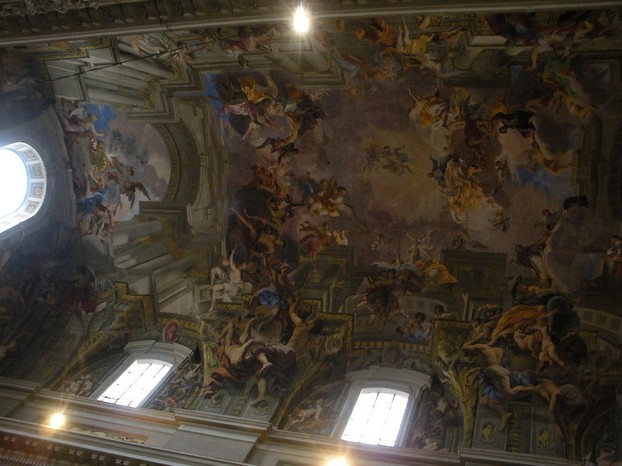



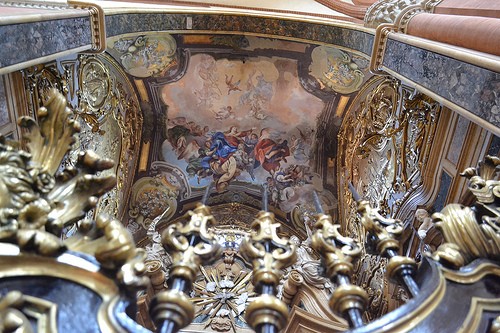



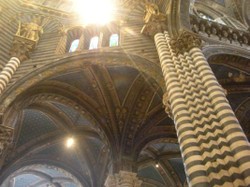

 A Potentially Fatal Accident in the Homeon 11/24/2018
A Potentially Fatal Accident in the Homeon 11/24/2018
 Windsurfing Lessons on Montserrat: One of My Funniest—and Fondest—Travel Memorieson 11/20/2018
Windsurfing Lessons on Montserrat: One of My Funniest—and Fondest—Travel Memorieson 11/20/2018
 Christmas Ornaments Celebrating Rome, Italyon 11/12/2018
Christmas Ornaments Celebrating Rome, Italyon 11/12/2018
 Philadelphia-Themed Christmas Ornamentson 11/09/2018
Philadelphia-Themed Christmas Ornamentson 11/09/2018


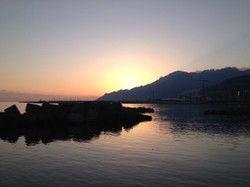
Comments
These things should, and note the word "should" be obvious, but today things have deteriorated in etiquette far too much.
I was a bit surprised about coin operated lights.
Exactly. It is important to remember that while these buildings are beautiful and worth visiting as a tourist, they are also places of worship to be respected.
Well said. Too many people think that they can enter a place of worship dressed as they please, without consideration of the cultural ethos of the location.